Originally published at: https://www.naturephotographers.network/including-the-environment/
When I first took an interest in photographing wildlife, and specifically birds, the mental model of the shot I wanted to capture was modeled after the images I’d see in bird ID books. That meant great detail in the plumage, nice view of the important identification parts of the specific species, and of course, frame-filling. It just didn’t seem right if the image didn’t fill the frame in the viewfinder at the time of capture, or in post-production, cropping the image down so that the wildlife subject was prominent in the frame, if not the only thing in the frame. While that style of image can still hold some interest and appeal, especially if I’m fortunate enough to be close enough to a wildlife subject to fill the viewfinder, I’ve grown more fond of images that show the wildlife subject in their environment—the context surrounding the subject matters. With most forms of wildlife photography, the opportunity to be close enough to fill the frame, even with long lenses, is not common. In the world of avian photography, I’d assert that it is even less likely since most of our avian subjects are relatively small compared to mammals or other wildlife subjects. I’m fortunate to live close to a location where I can photograph warblers, tanagers, finches, chickadees, kinglets, and many other small birds at relatively close distances. Even shooting with my 600mm with a 1.4x teleconverter, I find the birds are still relatively small in the frame.
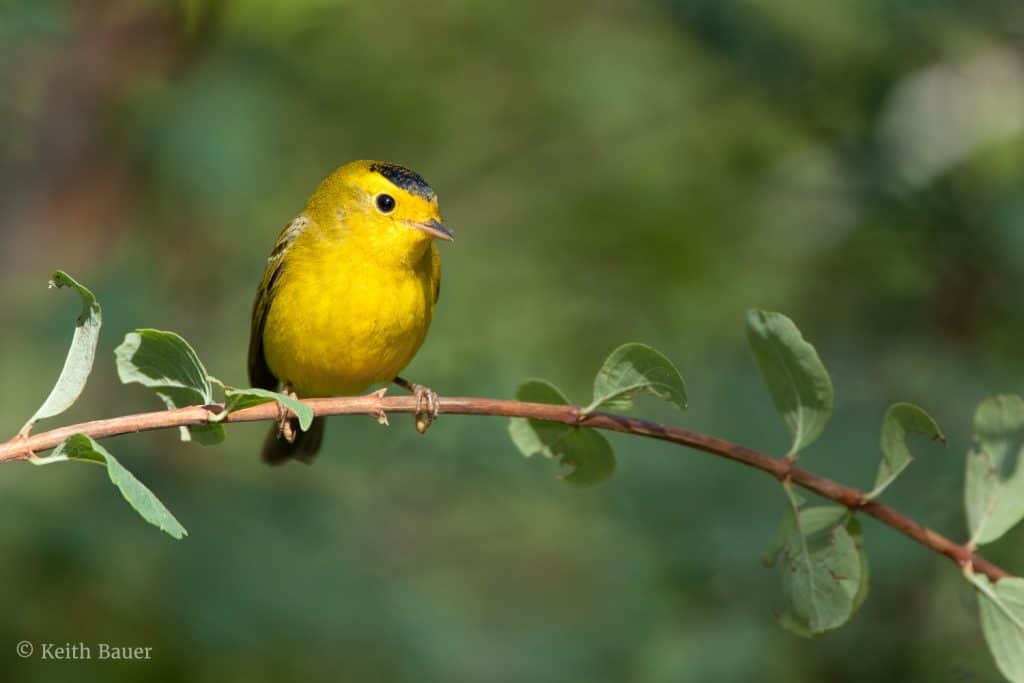
Let me be clear that the intent of this article is not to say that frame-filling images of wildlife subjects are bad. The intent is to encourage photographers to think of their wildlife images in a different context intentionally. A context which helps the viewer understand, and maybe even feel the environment you were in when you released the shutter. That could mean not zooming in as much if you are using a lens that provides that option, or it could mean using a shorter focal length lens to capture the image, or even moving further away. It could also imply that in post-production, not cropping at all, or cropping a lot less than you might otherwise do. One of the most common things I hear today in the world of photography is that with large megapixel cameras, say 40+ megapixels; I can crop so much more than I used to be able to. While a true statement, I wonder if the images wouldn’t have had more impact with less cropping. To be sure, this is not the first article I’m guessing you’ve seen on this topic. I’m aware of many other attempts via the written word and sharing of images to push the concept of photographing wildlife in their environment and sharing the context as a fundamental part of the composition. It just seems that we need to hear it more than once to give it a try. Maybe I’m the only one!, but I doubt it.
Compare this image to the one directly above this one. Is it any better because I cropped it tighter? For me, it isn’t any better, and I think for this image, worse.
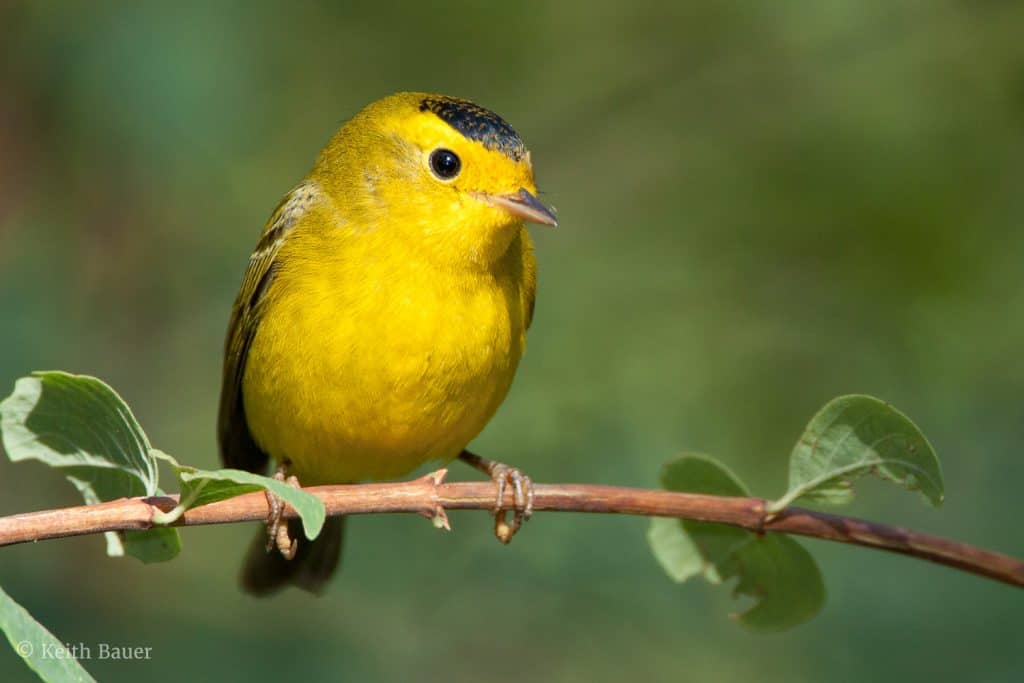
I want to share a couple of examples of images that help to demonstrate what I’m talking about. I have enjoyed the challenge of avian photography for a long time. Here’s one of my more typical avian images from years ago. It satisfied my desire to create an ID-like image, as I described earlier.
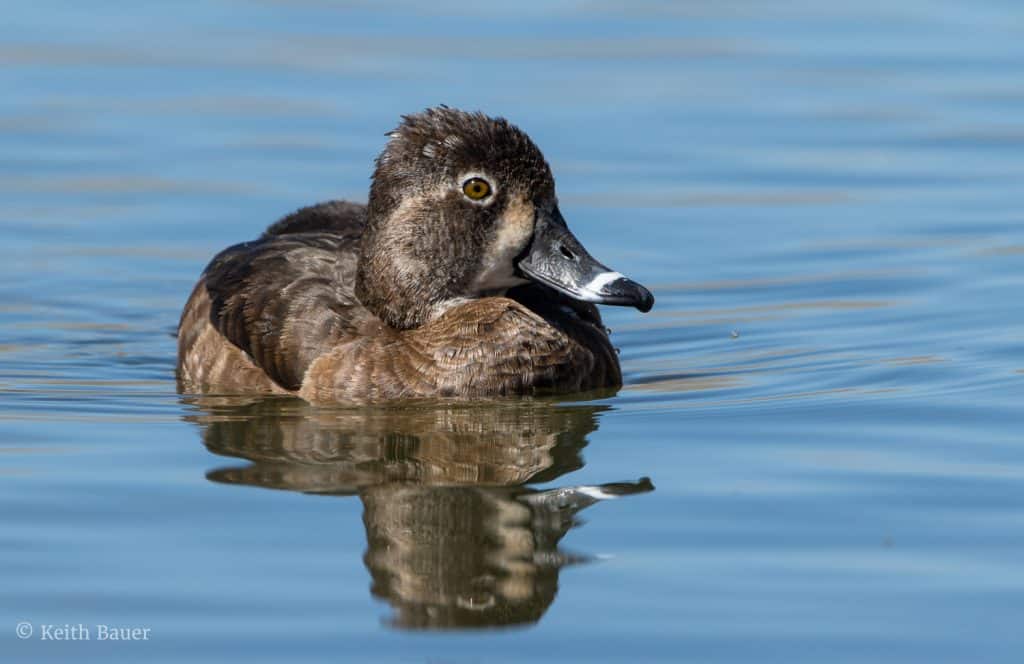
In contrast, here’s an image of an eagle from Alaska that I captured on the last day of a trip I took several years ago. The entire trip was dedicated to photographing bald eagles. This particular morning was foggy, misty, and wonderful. I saw this lone eagle on a tree, and it turned out to be one of my favorite images from the trip despite having captured hundreds and hundreds of images where you could count the feathers on the eagles.
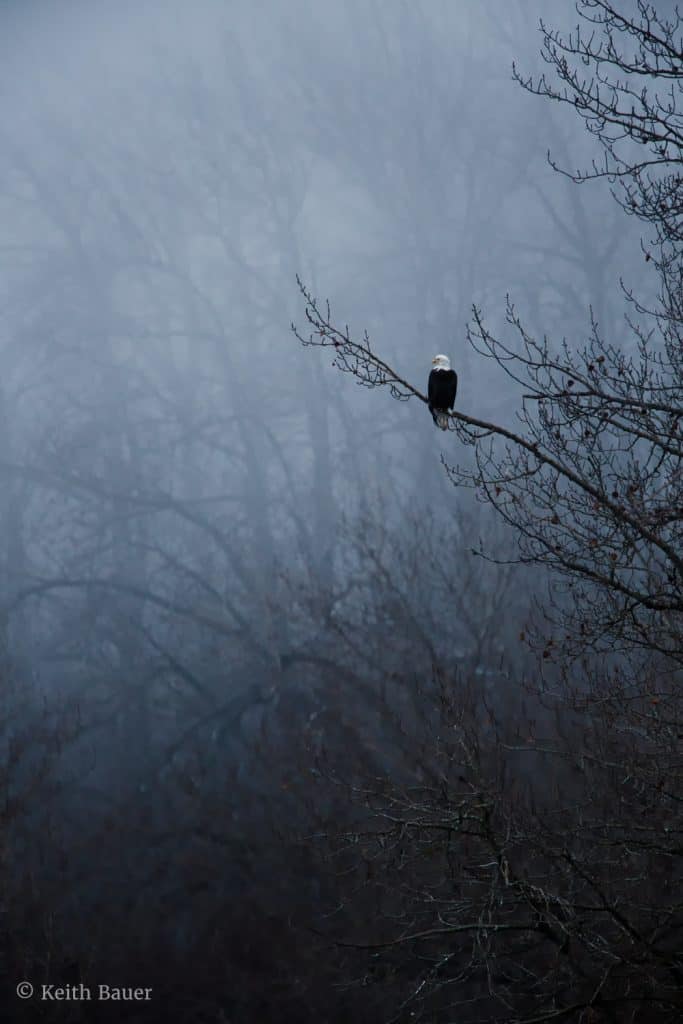
Or, this image which provides a much richer story than any cropped version of it could:
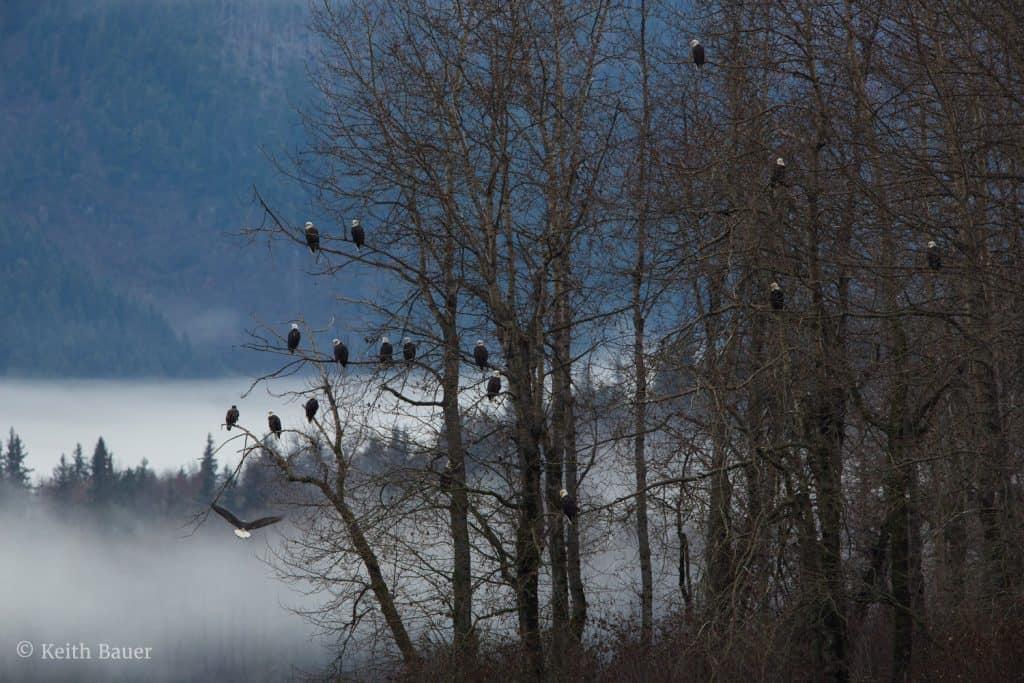
Or.. this image where cropping was not a viable option, but the inclusion of thousands of geese in this magical light was a gift that I was privileged to see and capture.
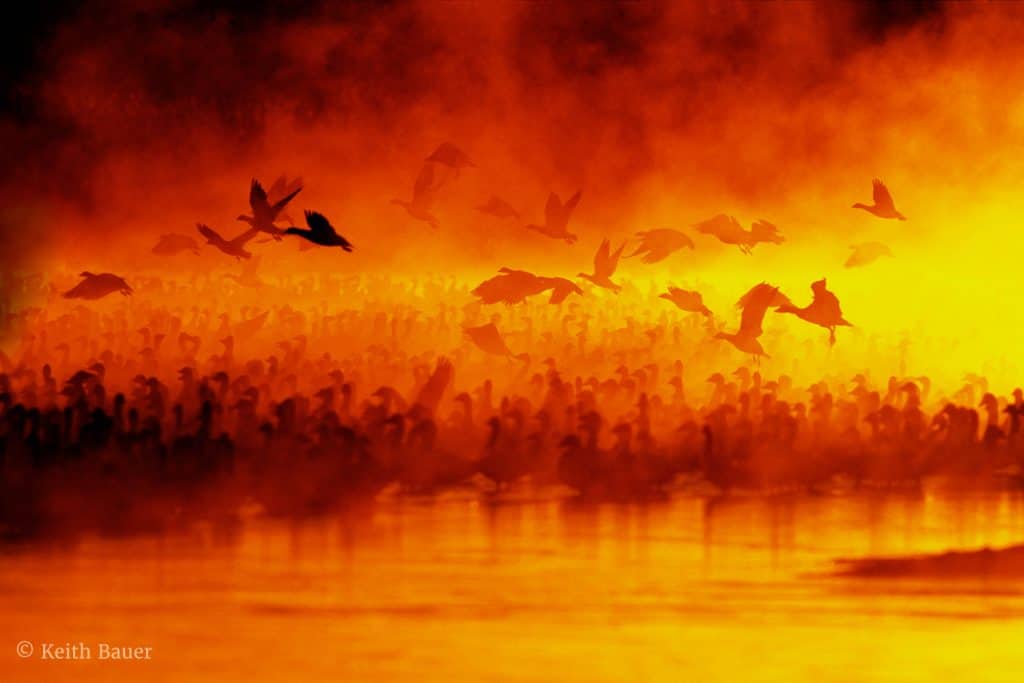
versus … this majestic Bald Eagle that I photographed in Yellowstone. Sure, the image is a very nice view of the Bald Eagle, but it doesn’t tell you anything about where this was or the fact that there is a river 10 feet below the bird that it was surveying for its’ next meal.
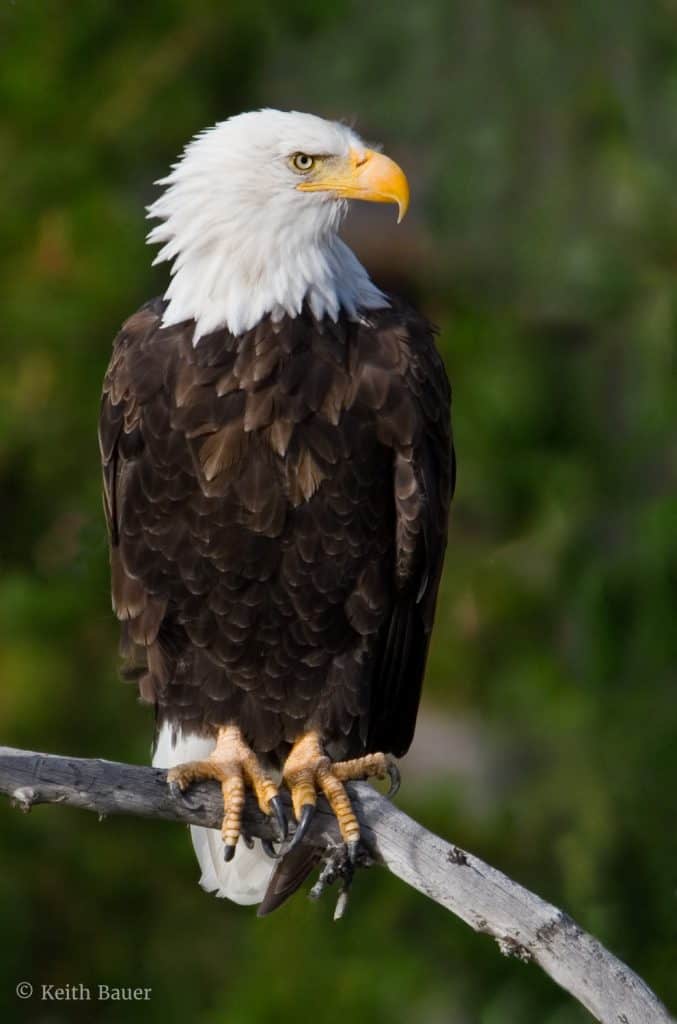
To be clear, I still struggle when I’m out trying to capture wildlife images and tend always to grab the longest lens I have with me as a first option. That is a hard habit to change. I’m not talking about switching from a 600mm lens to a 24mm lens as a general practice. I’m suggesting grabbing your trusty 70-200mm or a 100-400mm and see what compositions become evident when you begin including more of the environment and the context you’re trying to portray with your image. Telling a story that includes where you were, telling a story that helps the viewer understand the scene that you were witnessing and trying to capture all of that in a two-dimensional media is not an easy task to pull off successfully.
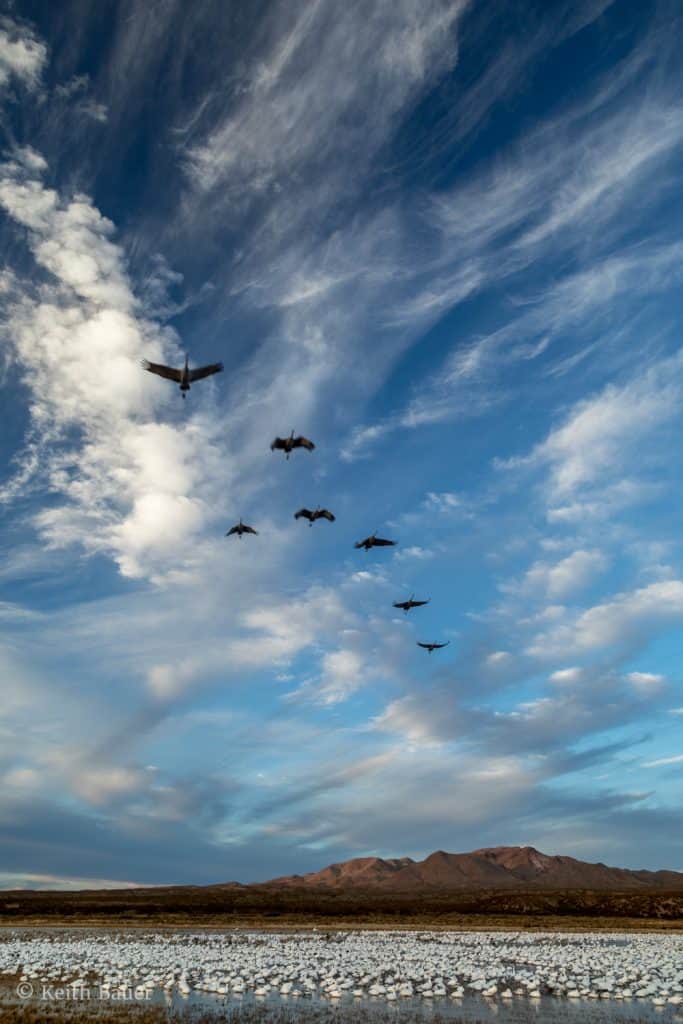
Some of these efforts will undoubtedly fail. The final product won’t work for you or your viewers. I see that as a learning opportunity, not a failure. Without pushing and experimenting with different compositions, techniques, and perspectives, we become complacent and re-create the same images we’ve created for years. I found myself in exactly that mode and couldn’t figure out why my imagery seemed stale. I’m sure there is not a recipe for success for any photographic situation. Still, I’m also equally sure that always trying to fill the frame with the longest lens you have, or cropping in so tight that the context is missing is not going to produce a portfolio that will grow your photography.
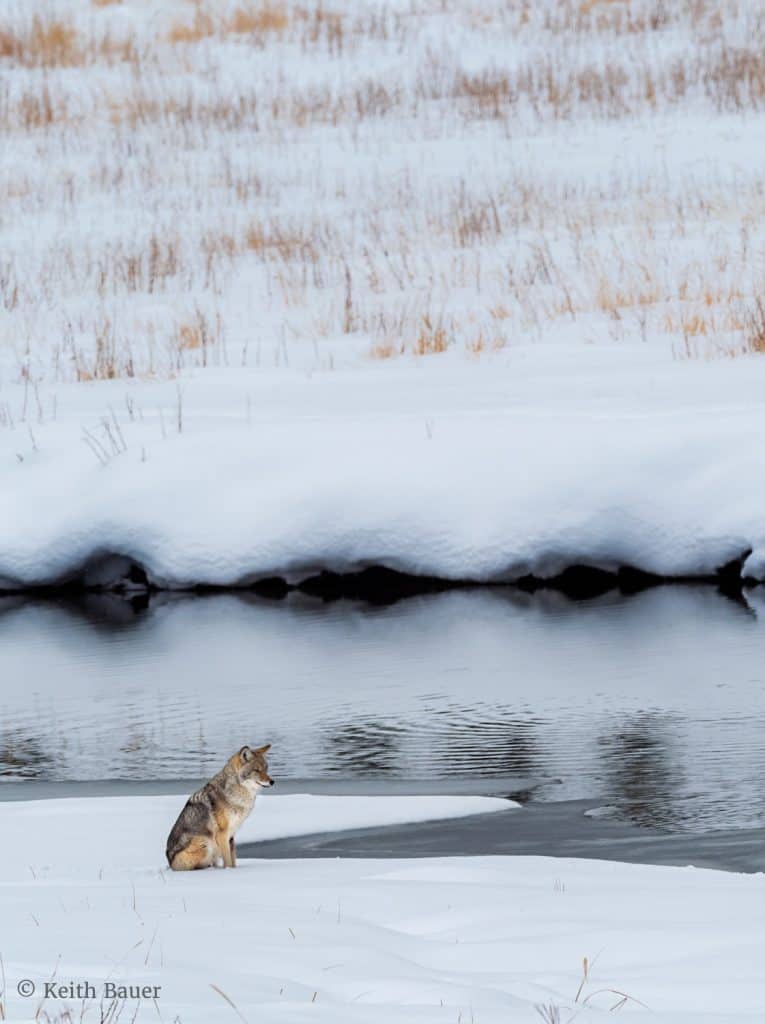
Give it a try the next time you’re out. You may find it challenging to figure out what to include. No doubt, you’ll struggle when you begin to think about the context and how to share that with your viewers. Compositions will likely be more complex, and you’ll have to work harder to make sure you don’t add distractions—all opportunities for growth in your photographic journey. I believe your images will speak with a different voice, which I hope adds to your enjoyment and the enjoyment of your viewers.
